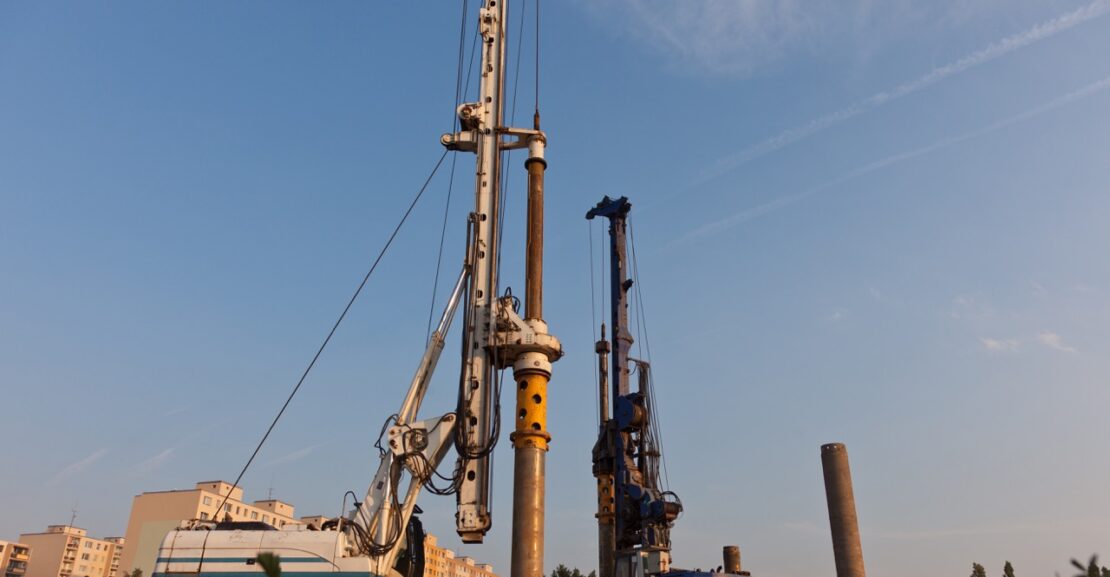Steel piles are long columns of steel that are driven or drilled into the ground to provide support for structures such as buildings, bridges, and offshore platforms. There are two main methods of installing steel piles: driven and drilled.
Driven Steel Piles: Driven steel piles are installed by hammering the pile into the ground using a pile driver. The weight of the hammer and the height from which it is dropped determine the force that drives the pile into the ground. The pile is usually made of steel, but it can also be made of concrete or wood. Driven piles are commonly used in areas where the soil is relatively hard and can withstand the impact of the pile driver.
Drilled Steel Piles: Drilled steel piles are installed by drilling a hole into the ground and inserting the steel pile into the hole. The hole is then filled with concrete or grout to provide additional support. Drilled piles are commonly used in areas where the soil is relatively soft or where there are obstructions such as boulders or underground utilities that cannot be easily removed.
Comparative Analysis
Both driven and drilled steel piles have their advantages and disadvantages. Driven piles are usually faster and cheaper to install than drilled piles, especially in hard soils. They are also better suited to handling heavy loads and are less affected by soil liquefaction. However, driven piles can cause noise and vibration that may be disruptive to nearby structures and residents.
On the other hand, drilled piles are more versatile and can be used in a wider range of soil conditions. They are also less disruptive than driven piles as they produce less noise and vibration during installation. However, they are generally more expensive than driven piles and require more specialized equipment.
The Best Method
The best method for installing steel piles depends on the specific soil conditions and project requirements. In general, driven piles are preferred in hard soils and where cost and speed are critical factors. Drilled piles are preferred in soft soils or where there are obstructions in the ground that cannot be easily removed. It is important to consult with a geotechnical engineer to determine the best method for a particular project.
Steel piles are an essential component of many construction projects, providing the necessary support for buildings, bridges, and other structures. Driven and drilled steel piles are the two main methods of installation, each with its advantages and disadvantages. The choice of method depends on the specific soil conditions and project requirements. Consulting with a geotechnical engineer can help ensure that the best method is chosen for a particular project, leading to a successful and safe construction outcome.
What are the common types of steel piles used in construction?
There are several common types of steel piles used in construction, including H-piles, pipe piles, and sheet piles. H-piles are wide-flange beams that are driven into the ground and often used for building foundations and bridge piers. Pipe piles are steel pipes that are either open-ended or closed at the bottom, and they are often used for deep foundations in soil or rock. Sheet piles are thin steel sheets that are driven into the ground and interlocked to create a continuous wall, often used for retaining walls and cofferdams.
What factors should be considered when choosing between driven and drilled steel piles?
Several factors should be considered when choosing between driven and drilled steel piles, including soil conditions, project requirements, and cost. Driven piles are typically faster and cheaper to install than drilled piles, but they may not be suitable for softer soils or areas with obstructions. Drilled piles can be installed in a wider range of soil conditions and are less disruptive, but they require more specialized equipment and are typically more expensive. Ultimately, the decision should be based on a thorough analysis of the site and project requirements by a qualified geotechnical engineer.
